The Quantum Frontier

The Quantum Frontier
The Large Hadron Collider
Don Lincoln
Foreword by Leon Lederman

2009 The Johns Hopkins University Press
All rights reserved. Published 2009
Printed in the United States of America on acid-free paper 9 8 7 6 5 4 3 2 1
The Johns Hopkins University Press
2715 North Charles Street
Baltimore, Maryland 21218-4363
www.press.jhu.edu
Library of Congress Cataloging- in- Publication Data
Lincoln, Don.
The quantum frontier: the large hadron collider/Don Lincoln ; foreword by Leon Lederman.
p. cm.
Includes bibliographical references and index.
ISBN- 13: 978-0-8018-9144-1 (hardcover : alk. paper)
ISBN- 10: 0-8018-9144-2 (hardcover : alk. paper)
1. Higgs bosons. 2. Large Hadron Collider (France and Switzerland).
3. Particles (Nuclear physics). I. Title.
QC793.5.B62L56 2009
539.7376dc22 2008022647
A catalog record for this book is available from the British Library.
Special discounts are available for bulk purchases of this book. For more information, please contact Special Sales at 410- 516- 6936 or specialsales@press.jhu.edu.
The Johns Hopkins University Press uses environmentally friendly book materials, including recycled text paper that is composed of at least 30 percent post- consumer waste, whenever possible. All of our book papers are acid- free, and our jackets and covers are printed on paper with recycled content.
To those giants on whose shoulders I have stood
Contents
Foreword
The Large Hadron Collider, or LHC, is a new scientific tool. The invention of tools, instruments to aid in observation and measurement, has been crucial to the advancement of science. Even though there is a robust debate as to the relative virtues of pure versus applied research, instruments are vital to both branches and serve as a harmonious bridge. In the late nineteenth and early twentieth centuries, progress in both basic research and applied research has been utilized to create ever more powerful tools. Many of these were designed for comfort and entertainment but their use to advance the understanding of nature led the way. Its really cozy: research creates new knowledge, which enables the creation of new instruments, which make possible the discovery of new knowledge.
An example: Galileo constructed many telescopes after hearing about their invention in Holland. In one stunning weekend, he turned a telescope to the sky and discovered four of the moons of Jupiter! This convinced him that indeed the Earth was in motion as surmised by Copernicus. The evolution of telescopes ultimately gave humans a measure of the vastness of our universe with its billions of galaxies, each hosting billions of suns. And in the more sophisticated science, more powerful telescopes were developed.
A further example relevant to our book about the LHC: the structure and properties of electrons are about as basic as one can get in the grand quest for understanding how the world works. But many of these properties make electrons a powerful component in countless instruments. Electrons make x- rays for medical use and for determining the structure of biological molecules. Electron beams make oscilloscopes, televisions, and hundreds of devices found in laboratories, hospitals, and the home.
An impressive technology enabled the control of energetic electron beams in particle accelerators. These were invented in the 1930s and provided precise data on the size, shape, and structure of atoms. To probe the nucleus of atoms, higher energies were required, and the acceleration of protons was added to the toolkit of physicists.
An approximate timetable of progress in accelerators may be useful and is shown below. Note that eV equals one electron volt, so keV is 103 electron volts, MeV is 106 electron volts, GeV is 109 electron volts, and TeV is 1012 electron volts. You can see in the table that the higher the energy of the accelerated particle, the smaller the distance probed. However, to probe the very small, the accelerators also grew in size, complexity, and cost. Accelerators are then in essence powerful microscopes, taking over when light is no longer sufficient.

Over the past 80 years, hundreds of accelerators have been constructed worldwide, predominantly to address the unknowns in the field of particle physics. Other applications of accelerators are these: in medical treatment, as powerful x- ray sources, in industry, and in oil explorations. The complexity and cost of the newer machines have forced large international collaborations. For the first time, construction costs of an accelerator, the LHC, will be shared by Europe, Russia, Japan, China, and the United States.
There is a matching set of requirements for the construction of the detectors (see ) that must observe the new domain exposed by the acceleratorsessentially supermicroscopes. Here, intimate collaborations of over a thousand scientists and students are involved. The official language of these collaborations is, of necessity, broken English.
It should be noted that, though high energy physics came out of a marriage of nuclear and cosmic ray physics in the late 1940s, we now recognize a new merger of high energy particle physics, which is accelerator based, with astrophysics, which is telescope based. The long- recognized connections of the inner space of particles with the outer space of the cosmos has been reinforced by baffling data on gravitation (dark matter and dark energy) and the continuing mystery of particle symmetry- breaking. However, the inner space-outer space connection teaches us that the newly born universe consisted of the elementary particles out of which the stars, galaxies, planets, and people eventually emerged.
So, in the first decade of the twenty- first century, the venerable Tevatron accelerator at Fermilab, born in the scientific dreams of 1985, is operating at full capacity in the hopes of adding to its distinguished list of discoveries before the advent of its CERN (in Geneva, Switzerlandthe lab we love to hate) successor, the LHC, scheduled to begin operations in 2008.
At the entrance to the accelerator, the atmosphere is heavy with the promise of discovery. The list of burning open questions today is longer and more profound than that with which we struggled in 1985 (see for a few of todays questions).
Our list of questions will not all be solved by the LHC, and new ones will surely be added. For now, a new generation of accelerators grows in the minds and in the R  D of a new generation of accelerator physicists and their students.
D of a new generation of accelerator physicists and their students.
This is a glorious time for them.
But in the meantime, this book by Don Lincoln tells of the excitement experienced by physicists as the LHC commences operations and lets the reader appreciate why the LHC is of such great interest to all physicists. We live in very interesting times.
Leon Lederman
A few quotes as salsa for the repast that awaits you in the journey ahead with Don Lincoln.
One of mans enduring hopes has been to find a few simple general laws that would explain why nature, with all its seeming complexity and variety, is the way it is.
Next page

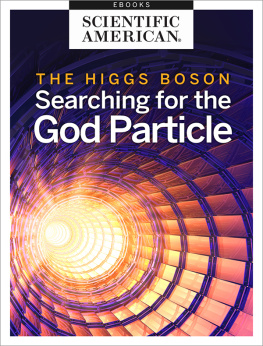
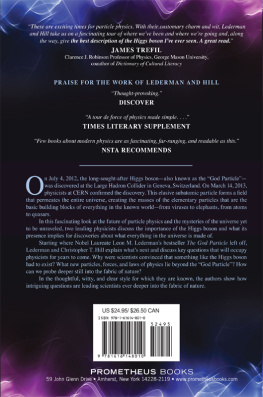
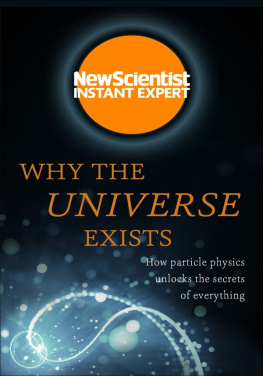
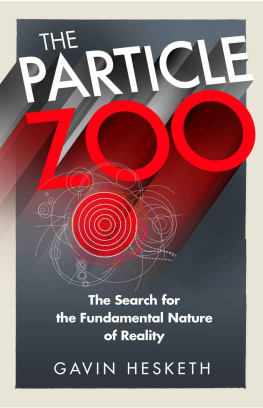
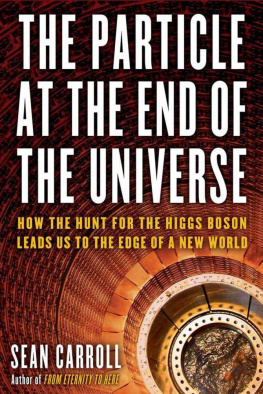
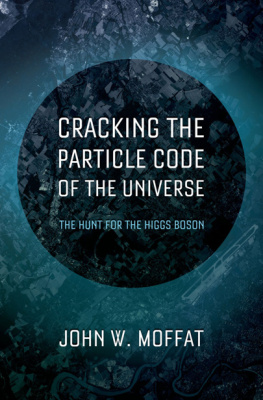
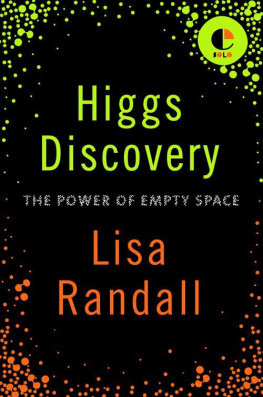



 D of a new generation of accelerator physicists and their students.
D of a new generation of accelerator physicists and their students.